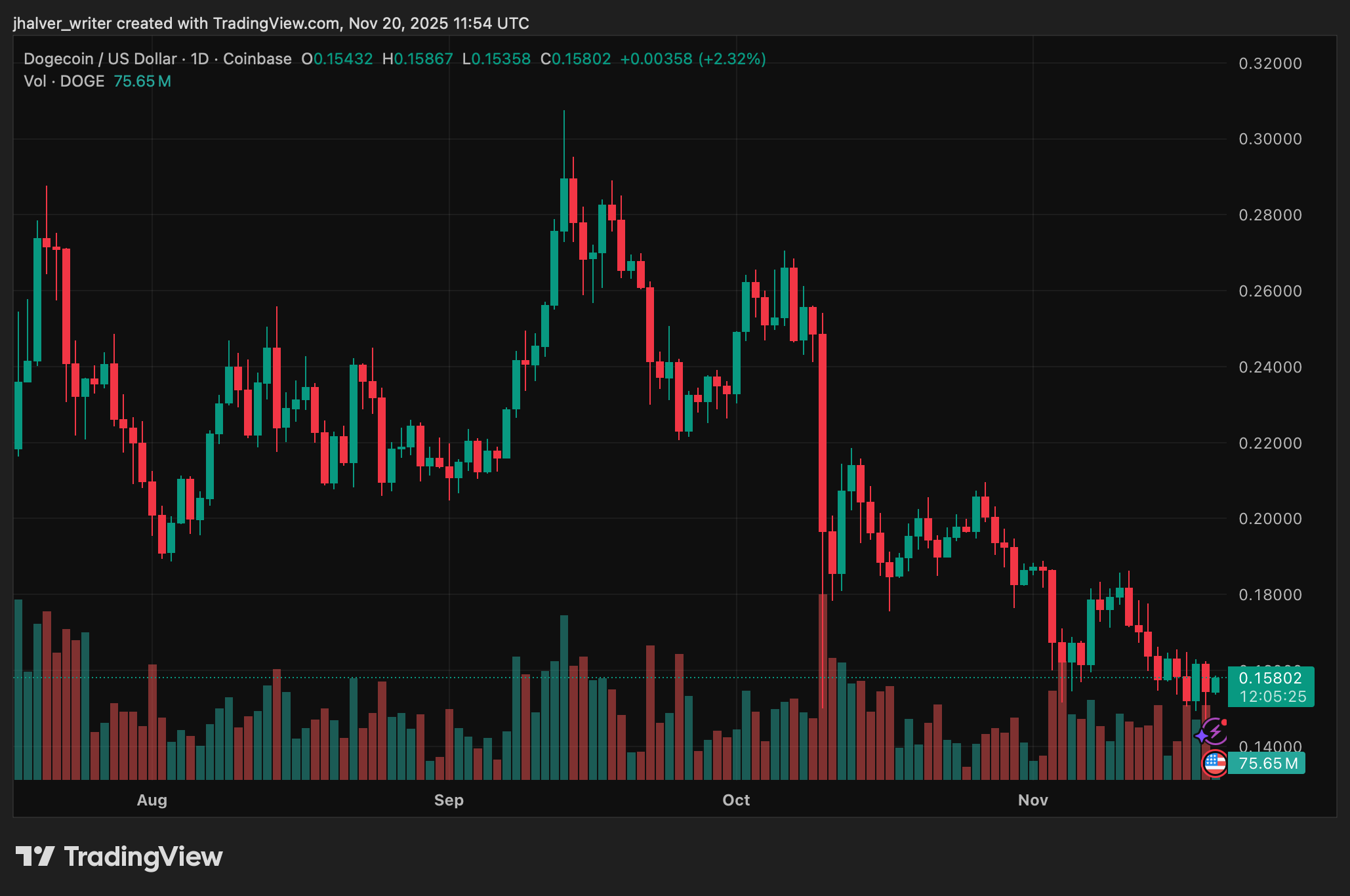Systemic Threats in AI-Powered DeFi Networks: Insights Gained from the ChainOpera AI Token Crash
- ChainOpera AI's 2025 token crash highlighted systemic risks in AI-driven DeFi ecosystems due to centralized governance and unstable algorithms. - Centralized control by ten wallets (87.9% supply) and opaque AI models exacerbated panic selling and liquidity crises. - Unproven algorithms and unaudited smart contracts, combined with regulatory uncertainty, triggered a 96% value drop. - The collapse underscores the need for transparent governance, decentralized structures, and regulatory alignment in AI-powe
Governance Issues: Centralization and Lack of Transparency
One of the main problems within ChainOpera AI’s DeFi system was its heavily centralized governance.
The governance structure was further weakened by vague technical details.
Algorithmic Weaknesses: Untested Models and Smart Contract Risks
ChainOpera AI’s dependence on experimental AI algorithms made its system even more fragile. The breakdown of xUSD and deUSD—stablecoins meant to track the U.S. dollar—
The inability of the project to respond to changing market conditions further highlighted its algorithmic limitations. In contrast to decentralized models that allow communities to make adjustments, ChainOpera AI’s centralized approach prevented it from stabilizing liquidity or updating risk controls. This inflexibility proved disastrous when outside events, such as leadership changes at C3.ai and
Wider Lessons for AI-Driven Crypto Initiatives
The COAI token’s failure highlights the systemic dangers of equating AI innovation with financial reliability. While AI can improve efficiency and forecasting, its use in DeFi must be accompanied by strong safeguards. Key takeaways for investors include:
1. Insist on Openness: Projects should clearly communicate their algorithmic methods, governance systems, and risk management plans.
2. Emphasize Decentralization: Centralized control over tokens and governance introduces critical vulnerabilities.
3. Prepare for Regulation:
Conclusion: Advocating Responsible Innovation
The downfall of the ChainOpera AI token stands as a warning for the AI-DeFi sector. While new technologies offer significant potential, they must be matched with strong risk controls, transparent leadership, and compliance with regulations. Investors should scrutinize AI-based crypto ventures, favoring those that combine innovation with responsible management. As the industry matures, building resilient systems—rather than chasing speculative trends—will be key to lasting success in the next wave of DeFi.
Disclaimer: The content of this article solely reflects the author's opinion and does not represent the platform in any capacity. This article is not intended to serve as a reference for making investment decisions.
You may also like
Ethereum News Update: Ethereum Challenges $2,800 Support Level—Is This a Liquidity Rebalance or the Start of a Longer Decline?
- Ethereum stabilizes near $2,800 support, with analysts suggesting potential bottoming after recent volatility. - Market turbulence sees ETH under $2,900, but record staking activity and institutional buying highlight resilience. - On-chain liquidity patterns mirror past reversals, though delayed recovery risks prolonged stagnation. - Extreme fear index (15/100) and $1B+ liquidations signal bearish control, yet key support holds for potential rebound.

Ethereum News Update: Ethereum Challenges $3K Support Level as Bears Target $2.5K and Bulls Strive for a Comeback
- Ethereum fell below $3,000 for first time since July 2024, with spot ETFs recording $74.22M outflow over six days. - Technical indicators show oversold RSI (33.8), 12/0 sell/buy signals, and broken Fibonacci levels triggering automated selling. - Bitcoin's 58.1% dominance siphons capital from altcoins while Ethereum's 0.89 MVRV ratio signals loss-making holder capitulation. - Price tests $2,770 support with $2,500 next target if broken, amid extreme Fear & Greed Index (11) and 18.18% weekly Altcoin Seaso

Ripple News: XRP Price Breaks Below $2 Amid ETF Race, Bitwise Trails Canary
Dogecoin Price Prediction: Will DOGE Recover in December or Fall Further First?
